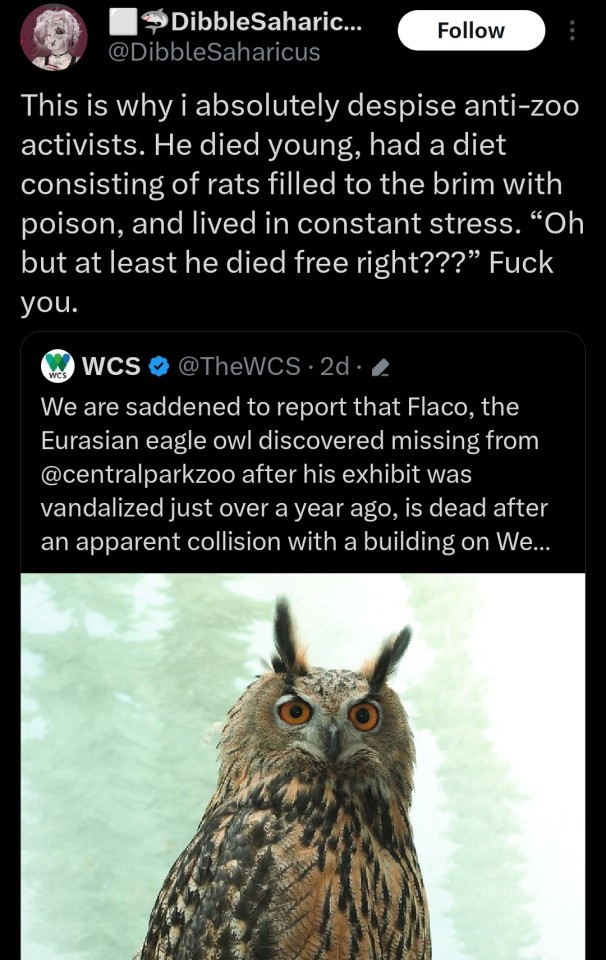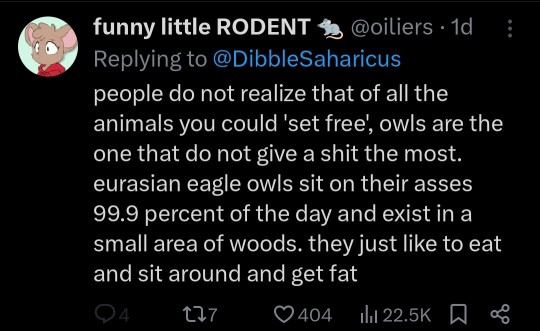#endangering
Photo
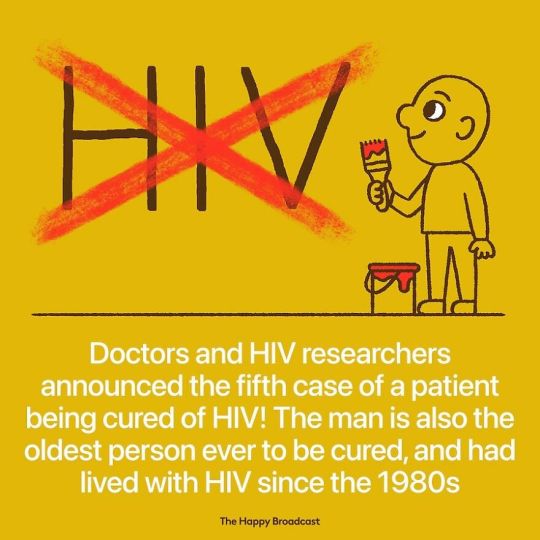





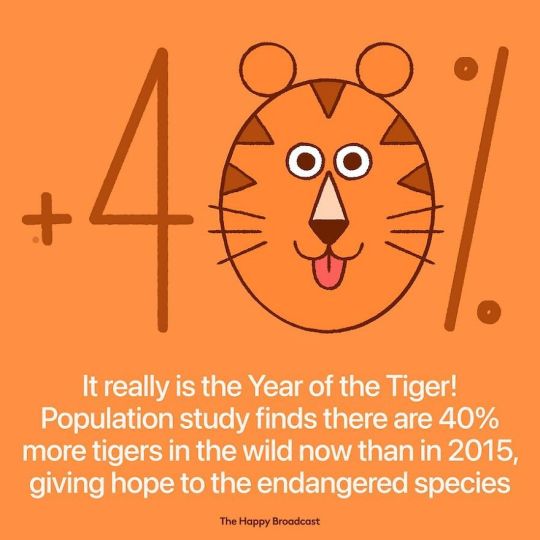









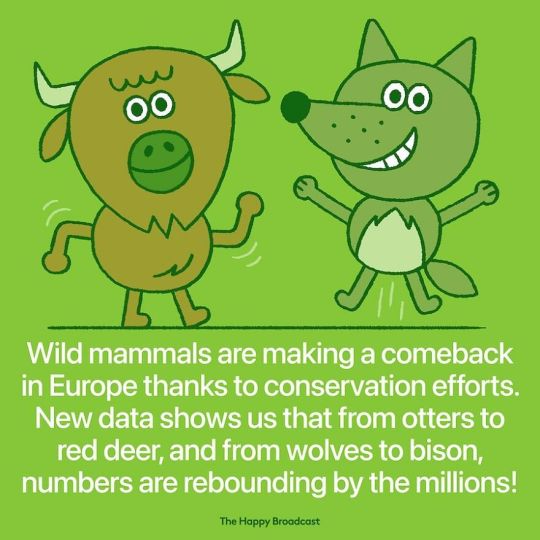


Tons more at the source!
160K notes
·
View notes
Text
"In one of Africa’s last great wildernesses, a remarkable thing has happened—the scimitar-horned oryx, once declared extinct in the wild, is now classified only as endangered.
It’s the first time the International Union for the Conservation of Nature (IUCN), the world’s largest conservation organization, has ever moved a species on its Red List from ‘Extinct in the Wild’ to ‘Endangered.’
The recovery was down to the conservation work of zoos around the world, but also from game breeders in the Texas hill country, who kept the oryx alive while the governments of Abu Dhabi and Chad worked together on a reintroduction program.
Chad... ranks second-lowest on the UN Development Index. Nevertheless, it is within this North African country that can be found the Ouadi Rimé-Ouadi Achim Faunal Reserve, a piece of protected desert and savannah the size of Scotland—around 30,000 square miles, or 10 times the size of Yellowstone.
At a workshop in Chad’s capital of N’Djamena, in 2012, Environment Abu Dhabi, the government of Chad, the Sahara Conservation Fund, and the Zoological Society of London, all secured the support of local landowners and nomadic herders for the reintroduction of the scimitar-horned oryx to the reserve.
Environment Abu Dhabi started the project, assembling captive animals from zoos and private collections the world over to ensure genetic diversity. In March 2016, the first 21 animals from this “world herd” were released over time into a fenced-off part of the reserve where they could acclimatize. Ranging over 30 miles, one female gave birth—the first oryx born into its once-native habitat in over three decades.
In late January 2017, 14 more animals were flown to the reserve in Chad from Abu Dhabi.
In 2022, the rewilded species was officially assessed by the IUCN’s Red List, and determined them to be just ‘Endangered,’ and not ‘Critically Endangered,’ with a population of between 140 and 160 individuals that was increasing, not decreasing.
It’s a tremendous achievement of international scientific and governmental collaboration and a sign that zoological efforts to breed endangered and even extinct animals in captivity can truly work if suitable habitat remains for them to return to."
-via Good News Network, December 13, 2023
#chad#abu dhabi#north africa#rewilding#endangered species#conservation#zoology#conservation biology#oryx#good news#hope#texas#big game#animals#endangered#environmentalism#environmental science#zoo#zoos#zoo animals
24K notes
·
View notes
Text

Here, have some education fools
#memes#funny#lol#humor#meme#jokes#dank meme#dank memes#safely endangered#funny memes#funny space memes
31K notes
·
View notes
Text
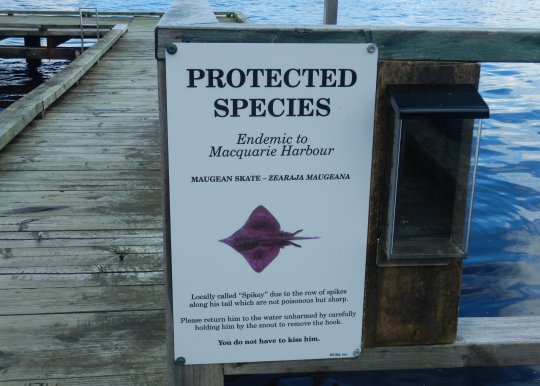

whag if i want to (macquarie harbour july 23)
eta the maugean skate is extremely endangered and facing immediate extinction and the government is the damn fucking liberals and they will not do anything about it. idk what any random people from across the world can do about it but im screaming crying sobbing begging for help
#whag if i want to#tjhe way they literally ONLY live in this one harbour... like whatever it is on that one rock#my photos#maugean skate#sea animals#endangered animals#tasmania#lutruwita#popular#i knew you people would love this#greatest hits#extinction studies
25K notes
·
View notes
Text
I was reading the Wikipedia page for fans of taylor swift and their “industrial impact” and now I have a crazy idea that will most certainly not work
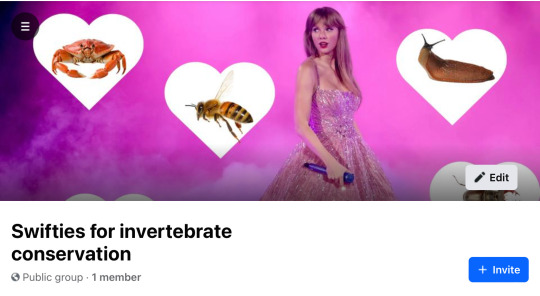
#I wanna galvanize the swiftie army to save endangered beetles okay sue me#did have to make a fake profile tho in case people actually find it
12K notes
·
View notes
Text

BREAKING: New Jaguar Just Dropped!
A Center for Biological Diversity analysis of a trail camera detection by wildlife enthusiast Jason Miller confirms we have a new jaguar in Arizona, making it the 8th jaguar documented in the U.S. Southwest in the past 3 decades.
The rosette pattern on each jaguar is unique, like a human fingerprint, and it enables identification of specific animals. The pattern shows this jaguar is not Sombra or El Jefe, two jaguars who have roamed Arizona in recent years.
Jaguars once lived throughout the American Southwest, with historical records on the South Rim of the Grand Canyon, the mountains of Southern California and as far east as Louisiana. But they virtually disappeared from this part of their range over the past 150 years, primarily due to habitat loss and historic government predator control programs intended to protect the livestock industry.
Read more: https://biodiv.us/3RORtQp
8K notes
·
View notes
Text
A study that just came out demonstrates that outdoor cats are known to prey on over two thousands species of wild animal, from mammals to birds to insects. That includes 347 species that are endangered, threatened or otherwise of concern, and they've been a key factor of the permanent extinction of over 60 species. And while cats may not always bring home what they catch, chances are if your cat is allowed to roam unsupervised outside, they're killing your local wildlife.
Why is this so important? Worldwide, wild animal populations have decreased in number by 69% in the past fifty years; that means that in my lifetime (born in 1978), the sheer number of wild animals in the world has been decreased by over half. Even "common" wild species are less numerous than before. While habitat population is the single biggest cause of species endangerment and extinction overall, outdoor and indoor/outdoor cats are a significant cause as well. In fact, they are the single biggest cause of human-caused mortality in wild birds.
Most importantly, it's very, very simple to fix this problem: keep your cats indoors, and spay and neuter them. If your cat is bored, they need more enrichment, and there are plenty of ways to make your home more exciting for them, from bringing home cardboard boxes for them to explore, to playing with them more often. If you want your cat to get some outdoor enrichment, leash train them (yes, it can be done!) If you have the space and resources, build them a catio where they can be safe from outdoor dangers like predators and cars, while also keeping local wildlife safe from them.
If you just give into their whining and pawing at the door, then they know that that's what they have to do to get their way; I know it's a tough transition, but it's worth it in the end for everyone involved. Cats are domesticated, which means they are not native anywhere in the world; there are exactly zero ecosystems in which they belong, save for the safety of your home. It is your responsibility to give them an enriching environment without taking the shortcut of letting them go wreak havoc outside.
#cats#outdoor cats#feral cats#nature#wildlife#animals#ecology#environment#conservation#science#scicomm#birds#endangered species#extinction#domesticated animals#domestication#biology#animal behavior#animal welfare
8K notes
·
View notes
Text
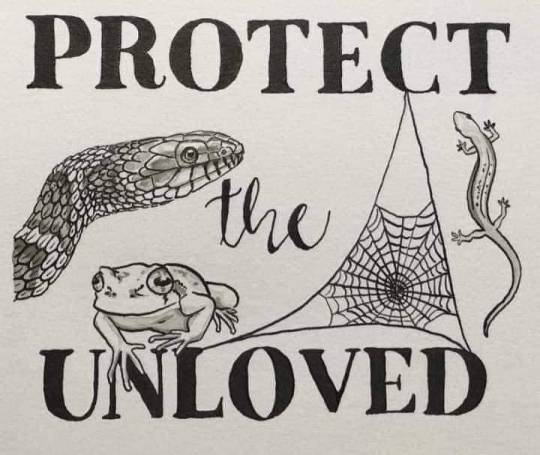
#environment#animals#snakes#frogs#newts#amphibians#endangered#love#extinct#conservation#nature#stolen#true#reptiles#spiders#arachnids
31K notes
·
View notes
Text

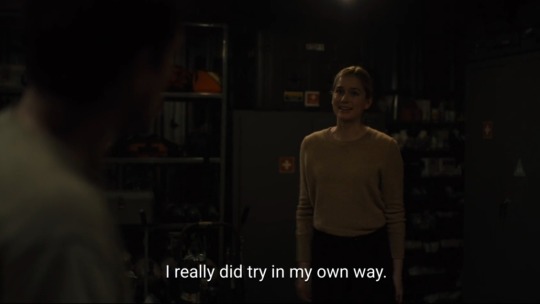
The 'own way' Vanessa spoke of:

#she was funny. but not funny haha. funny weird.#'how dare you endanger your sister' like sis your father has done more than endanger children but go off on the broke guy trying to make it#fnaf#fnaf movie#five nights at freddy's#mike schmidt#vanessa monroe#elizabeth afton#josh hutcherson#elizabeth lail#william afton#halloween#spooky season#fnaf movie spoilers
21K notes
·
View notes
Text
Ive seen multiple posts from reddit refuges that go like "im queer and its so welcoming here!" Or "im nonbinary and dont get quized on my gender here!" Or "im autistic and i can be weird here and yall like it!" And its so fuckin cute its like yes hi hello welcome this is the gay ass autistic website we love special interests we love weird genders we love just saying random shit and the just happy surprised tone of those posts is so wholesome to me like yes! hi! you are in fact the target audience! welcome home
#196#reddit blackout#theres also been multiple posts that compares them to endangered birds raised in captivity being released into the wild#and yeah i can see it#god but the joy in those posts at being met not just with welcoming arms but delighted ones#like yeah! you can say just random shit! we love thag here!#we dont just allow random special interedt rants we adore them we actively encourage them#theres posts about loving seeing your mutual flood your dash suddenly with some random thing and realising they have a new hyperfixation#its just really cute and sweet
13K notes
·
View notes
Text


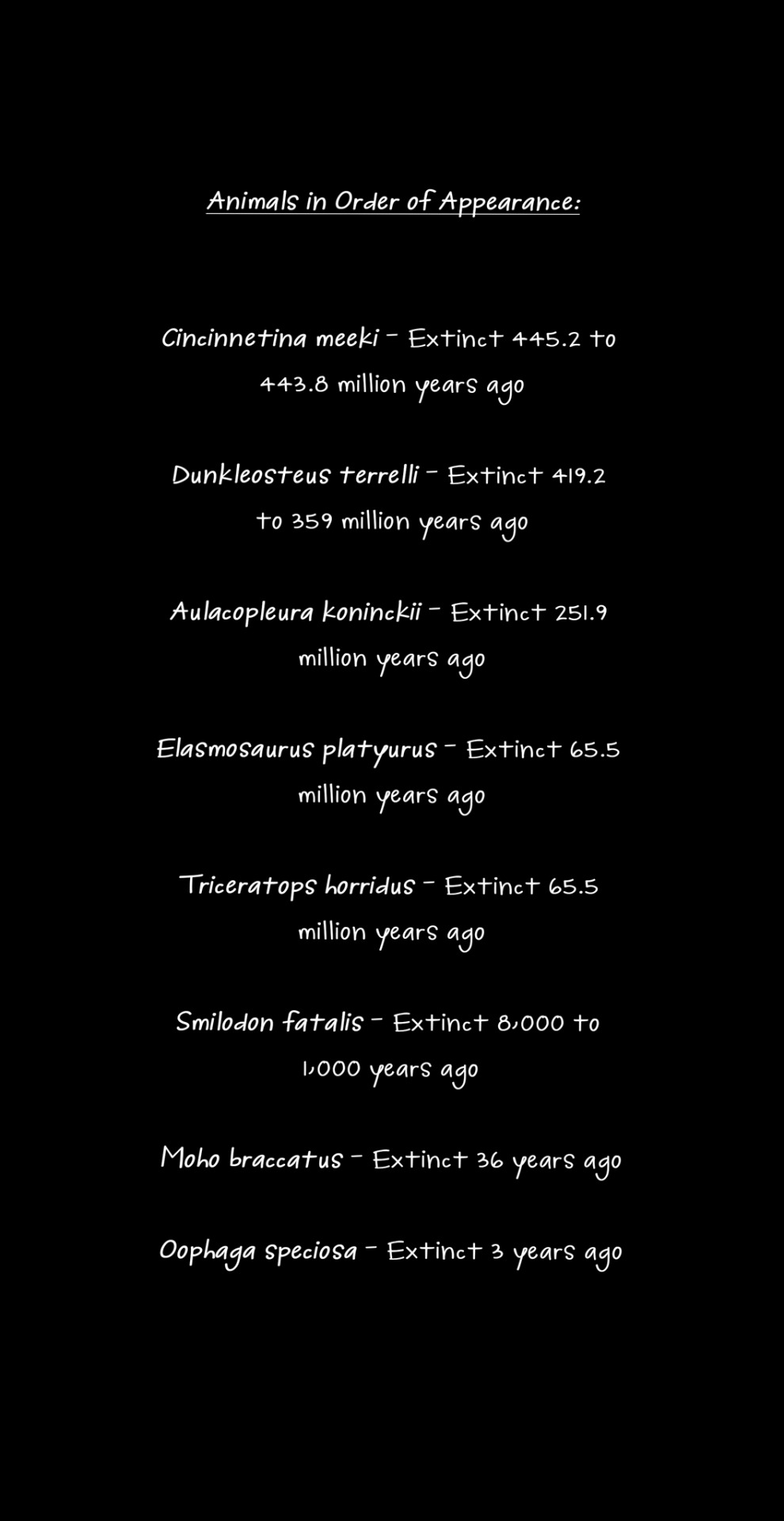

text from porter robinson's "goodbye to a world"
every single animal in this comic is extinct. it's not too late for the ones that are left.
edit: thanks @mudcrabmassacre for the correction, smilodon fatalis did not in fact go extinct in 1023 AD. the actual prediction is around 10,000 years ago - I think i may have missed a zero or two.
#comic#art#environment#conservation#animals#extinct species#fossils#climate change#dinosaurs#ancient life#endangered species#endangered animals#comics#artists on tumblr#digital art#digital comic#my-art
11K notes
·
View notes
Text
"The coral reefs of south Sulawesi are some of the most diverse, colorful and vibrant in the world. At least, they used to be, until they were decimated by dynamite fishing in the 1990s.
As part of a team of coral reef ecologists based in Indonesia and the UK, we study the reefs around Pulau Bontosua, a small Indonesian island in south Sulawesi...
In many places around the world, damage like this might be described as irreparable. But at Pulau Bontosua, the story is different. Here, efforts by the Mars coral restoration program have brought back the coral and important ecosystem functions, as outlined by our new study, published in Current Biology. We found that within just four years, restored reefs grow at the same rate as nearby healthy reefs.
Speedy recovery
The transplanted corals grow remarkably quickly. Within a year, fragments have developed into proper colonies. After two years, they interlock branches with their neighbors. After just four years, they completely overgrow the reef star structures and restoration sites are barely distinguishable from nearby healthy reefs.
The combined growth of many corals generates a complex limestone (calcium carbonate) framework. This provides a habitat for marine life and protects nearby shorelines from storm damage by absorbing up to 97% of coastal wave energy.
We measured the overall growth of the reef framework by calculating its carbonate budget. That's the balance between limestone production (by calcifying corals and coralline algae) and erosion (by grazing sea urchins and fishes, for example). A healthy reef produces up to 20kg of reef structure per square meter per year, while a degraded reef is shrinking rather than growing as erosion exceeds limestone production. Therefore, overall reef growth gives an indication of reef health.
At Pulau Bontosua, our survey data shows that in the years following restoration, coral cover, coral colony sizes, and carbonate production rates tripled. Within four years, restored reefs were growing at the same speed as healthy reefs, and thereby provided the same important ecosystem functions...
Outcomes of any reef restoration project will depend on environmental conditions, natural coral larvae supply, restoration techniques and the effort invested in maintaining the project. This Indonesian project shows that when conditions are right and efforts are well placed, success is possible. Hopefully, this inspires further global efforts to restore functioning coral reefs and to recreate a climate in which they can thrive."
-via Phys.org, March 11, 2024
#coral#coral reef#marine life#marine biology#sea creatures#aquatic#environment#ecology#environmental news#environmental science#climate action#climate hope#ecosystem#conservation#endangered species#indonesia#sulawesi#good news#hope#overfishing#hopepunk#hope posting
5K notes
·
View notes
Text
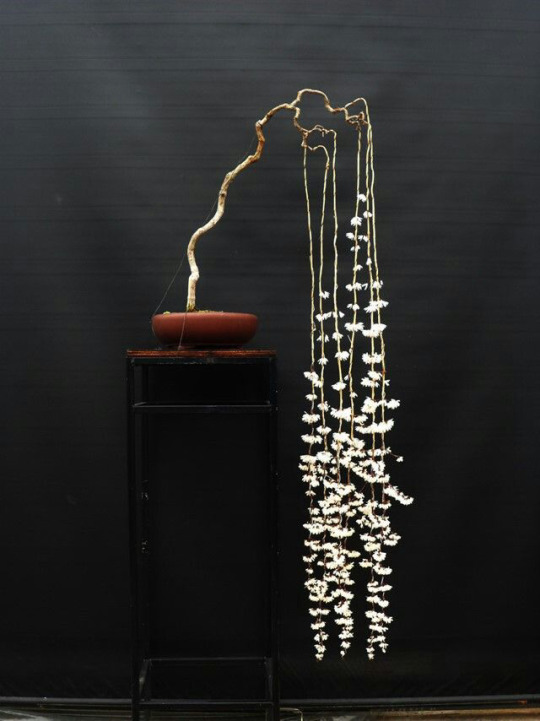
Abeliophyllum, the miseonnamu, Korean abeliophyllum, white forsythia, or Korean abelialeaf, is a monotypic genus of flowering plants in the olive family, Oleaceae. It consists of one species, Abeliophyllum distichum Nakai, endemic to Korea, where it is endangered in the wild, occurring at only seven sites.
6K notes
·
View notes
Photo

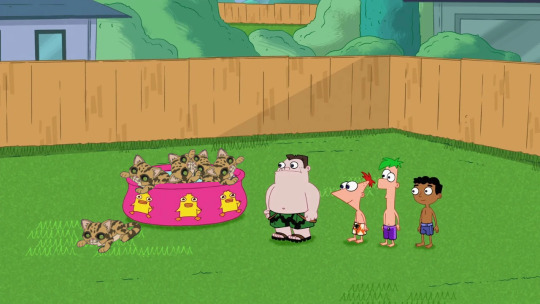
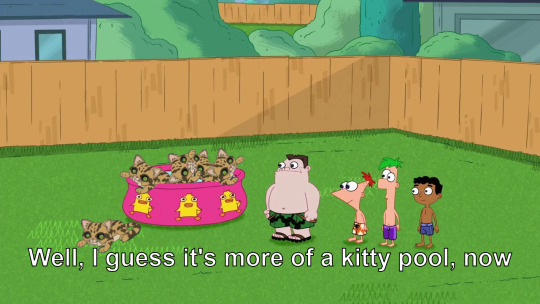
Based on this Tumblr post about a (fake) lost episode
#transxfiles#Lost Endangered Species Act Episode#(not a real lost episode)#season ∅#Phineas and Ferb#Candace Flynn#Ferb Fletcher#fan works#original content#lies are the glue that hold society together
28K notes
·
View notes
Text
RARE BIRD SEEN FOR FIRST TIME IN 140 YEARS
#ra speaks#black naped pheasant pigeon#birds#bird#critically endangered#!!!! this is the first time this bird has EVER been captured on camera#absolutely insane and amazing#decided to check Twitter for likely one of the last times and this was so exciting to see#edit: everyone saying ‘welcome back!’ and crying in the tags I see you I love you we love birds that make a come back
33K notes
·
View notes



